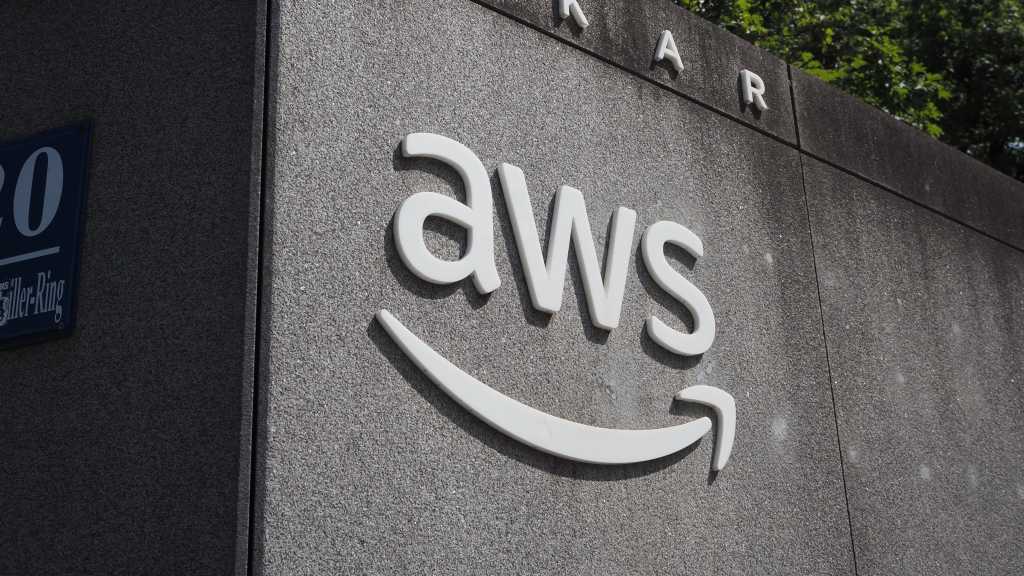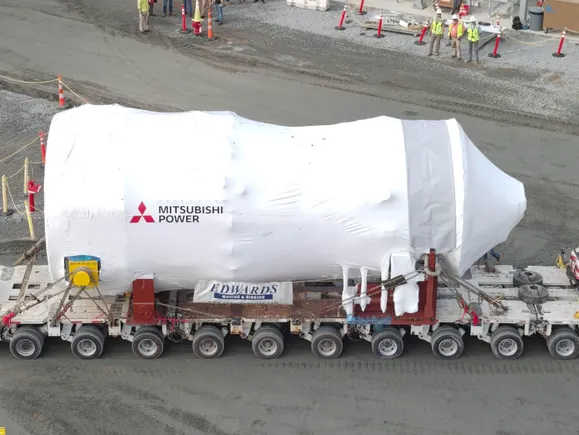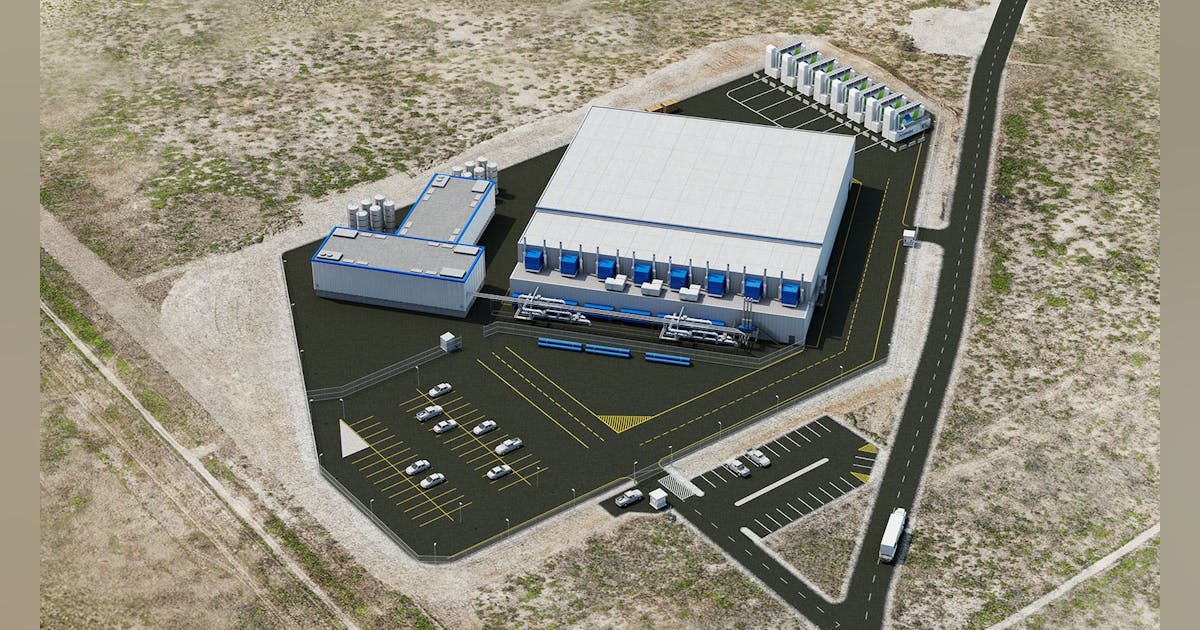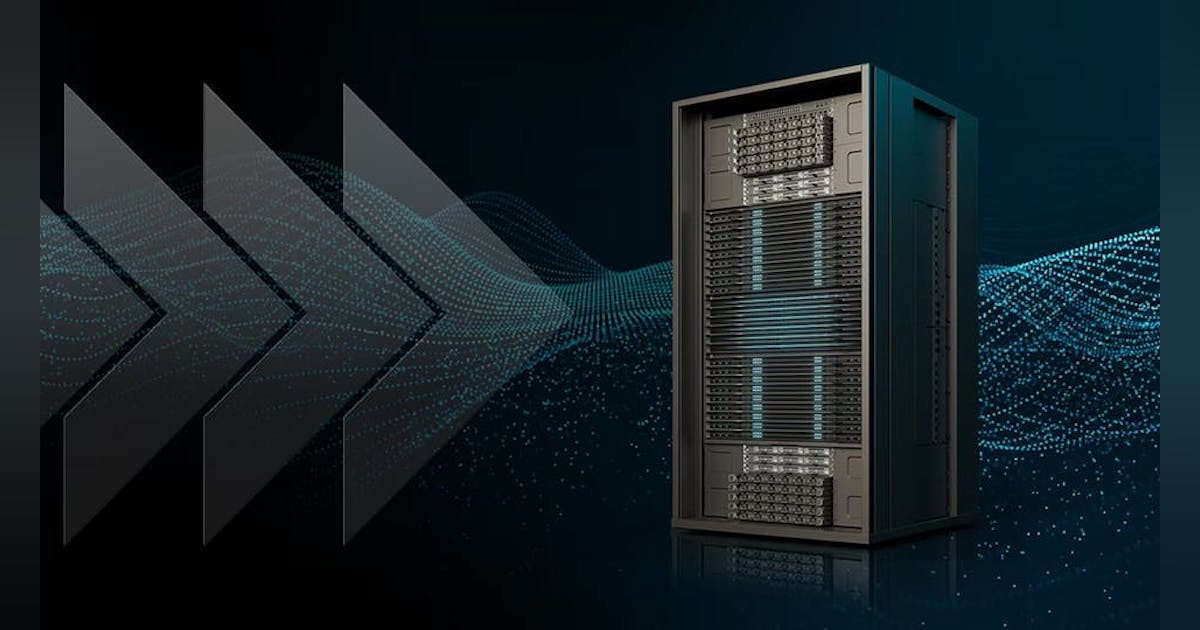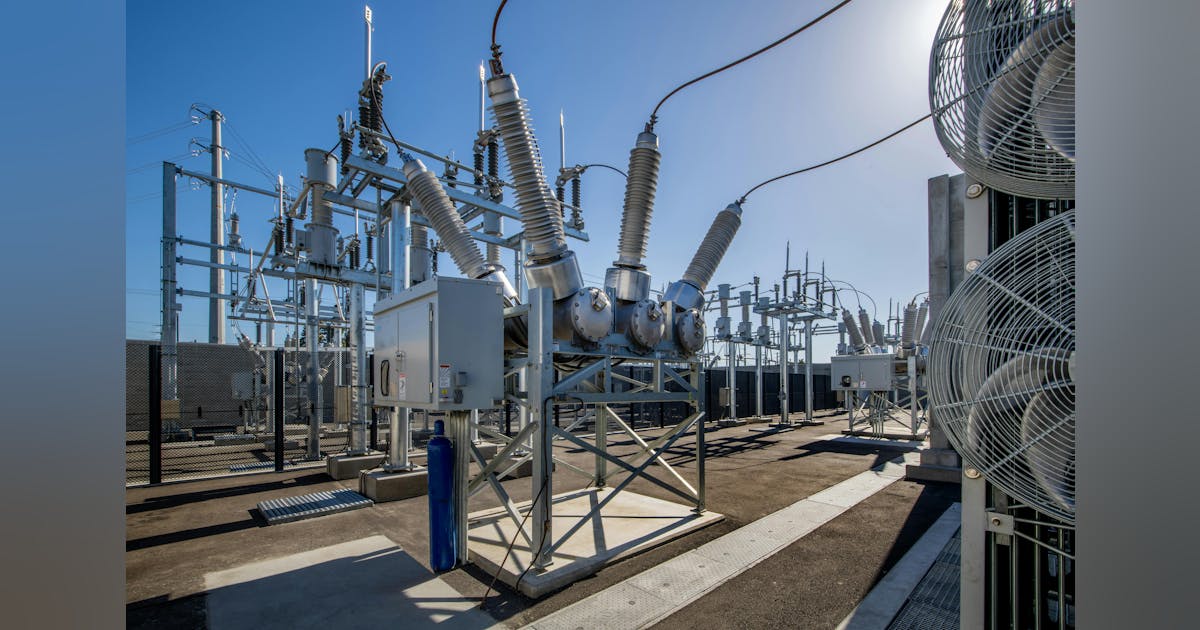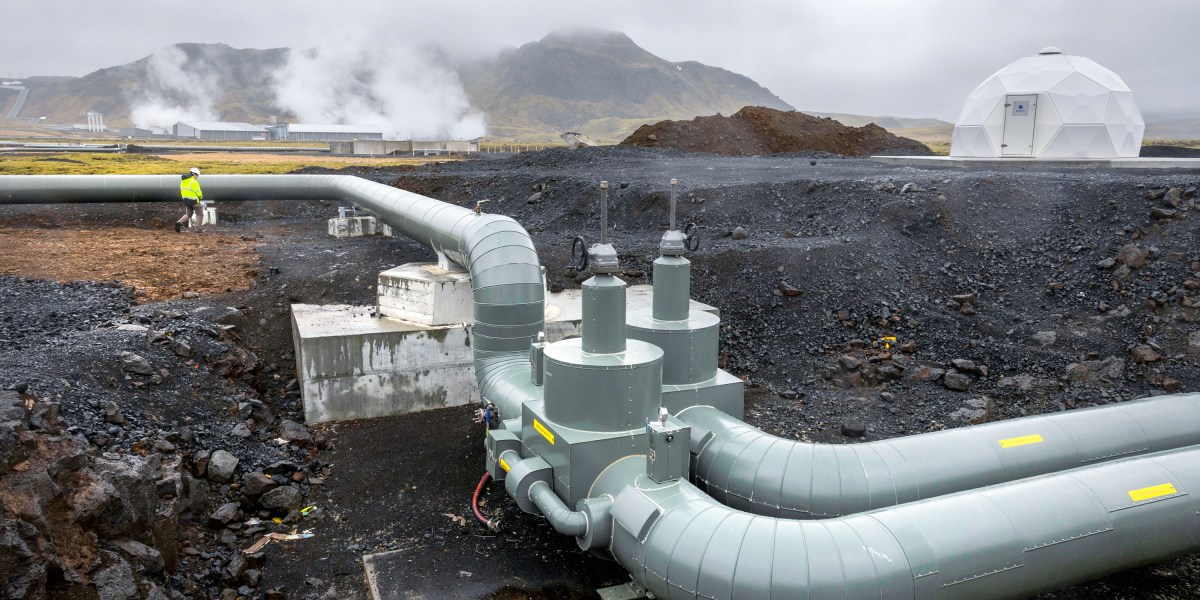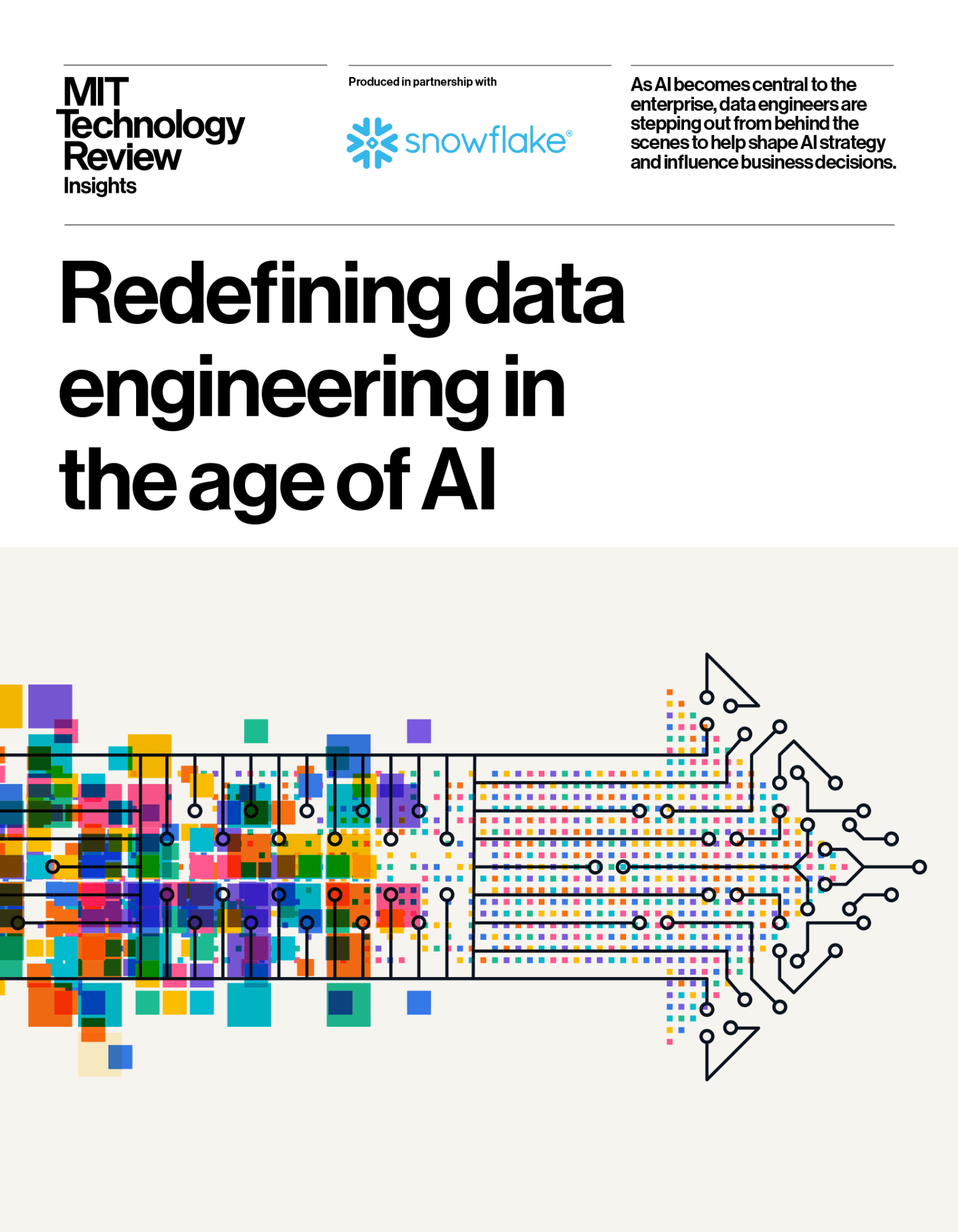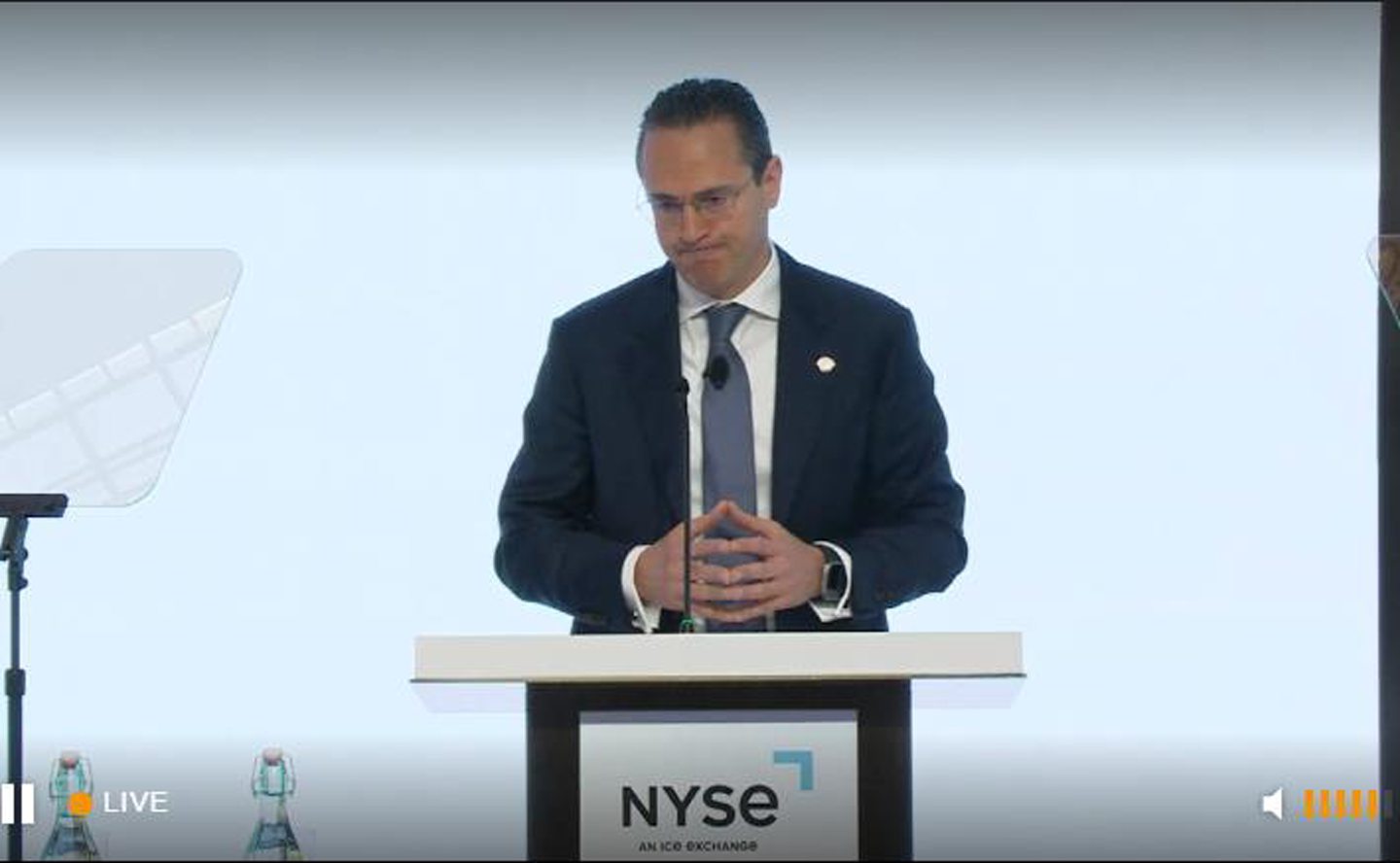
Shell has undergone a “cultural reset” as it slashes its low-carbon investments in search of so-called “performance, discipline and simplification”, chief executive Wael Sawan said on Tuesday.
The oil company has halved its target for low-carbon investments across its renewables and energy solutions business to 10% of capital expenditure by 2030, down from 15-20% in 2024.
By the end of 2024, it had spent about $8bn of its capex budget of up to $15bn for low-carbon investments for the 2023-25 period, according to its annual report.
“Demand for energy will continue to grow,” Sawan told shareholders at its capital markets day.
He said the FTSE 100-listed company had identified gas as a “winner” in the energy mix, in particular liquefied natural gas (LNG). LNG will be the biggest contribution Shell will make to the energy transition going forward, he added.
About one fifth, or 20%, of the oil company’s capital has been deployed in hydrogen, carbon capture and storage (CCS) and low-carbon fuels, but in aggregate these segments are “not delivering adequate returns”, according to Sawan.
Sawan said he acknowledged the “critical role” that LNG plays in the energy transition and that Shell plans to deliver some of the industry’s lowest-cost and carbon intensive molecules.
He described the company’s mantra as “delivering on what we say we will do”, such as profitably transitioning towards net zero by 2050, as it seeks to focus on share performance.
Sawan pointed out that Shell’s shares have outperformed its peers, and that it had recorded its lowest net debt in nearly a decade.
Amid what the chief executive described as a “normalised” oil environment in terms of pricing, the company is embarking on “rightsizing” capital expenditure and making “higher distributions”.
CEO pay rises 5%
In 2025, the boss of the Dutch oil company’s basic salary, which totalled £8.29 million in 2024 including bonuses and long-term incentives, increased by 5%.
Sawan’s remuneration in 2024 included fixed pay and shares of about £1.46m, an annual bonus of £2.93m and £3.9m in long-term incentives.
This year, the Shell chief executive will take home a base salary of £1.54m, an annual bonus target of 125% and target awards of 300% of base salary, according to Shell’s annual report.
The oil company plans to buy back up to a further 40% of shares over the next five or six years, according to chief financial officer Sinead Gorman.
She said the company’s enhanced presence in the North Sea through a new joint venture with Equinor will leave the combined entity “better off”.
This is against the backdrop of an uncertain political climate for the North Sea, as the Labour government carries out a consultation to halt the issuance of new oil and gas licences.
The CFO said that Shell had delivered on its free cash flow targets, with FCF per share being a key financial target for the company.
She said it had a dividend breakeven of $40 per barrel, with the dividend growing progressively by 4% annually, and will continue with share buybacks.




